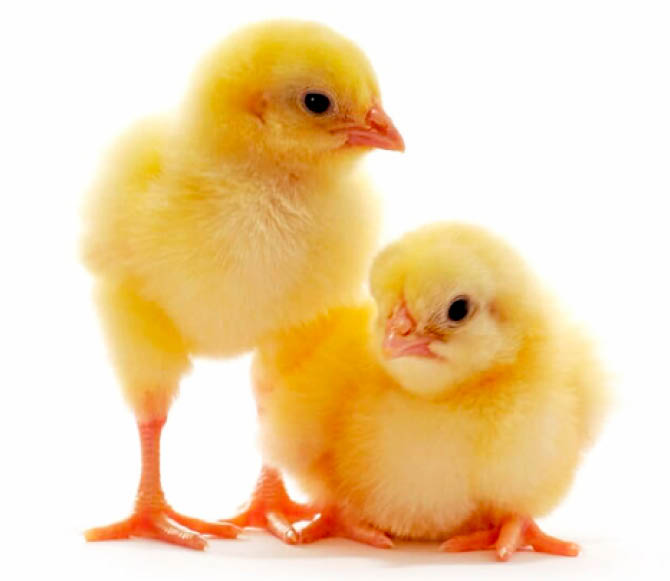Step-by-step approach to vaccines, disease management in day-old chicks
By Grace Adetutu The first vaccine to be given to day-old chicks is the Marek Vaccine; it is commonly done immediately at the chicks’ hatch, before evacuating them from the hatchery. It is administered through the subcutaneous or aerosol route. The second vaccine is the Gumboro Vaccine I; it is administered orally, through drinking water. […]

chicks
By Grace Adetutu
The first vaccine to be given to day-old chicks is the Marek Vaccine; it is commonly done immediately at the chicks’ hatch, before evacuating them from the hatchery. It is administered through the subcutaneous or aerosol route. The second vaccine is the Gumboro Vaccine I; it is administered orally, through drinking water. It should be done when the chicks are 10 days old, it protects against Infectious Bursal Disease (IBD). The third vaccine is the Gumboro Vaccine II; it is also given orally and it should be done when the birds are 18 days old. The next vaccine to follow is the Newcastle disease first dose vaccine; it is done orally through drinking water. It is given when the birds are three weeks old. The next vaccine to be given is the fowl pox vaccine; this vaccine can be given at three to six weeks, depending on environmental temperature. In hot weather areas, it should be given at three weeks, but other areas, six weeks. It is administered through the wing webs.
Disease management: Ensure you maintain proper hygiene; ensure all the equipment and materials used are cleaned and possibly sterilised, especially your farm outfit, your boot and coat. Ensure you use bio-security on your farm – prevent predators, check the chicks several times a day, especially in the evening to detect any change in attitude, report any threatening observation to the veterinary doctor as soon as possible.
